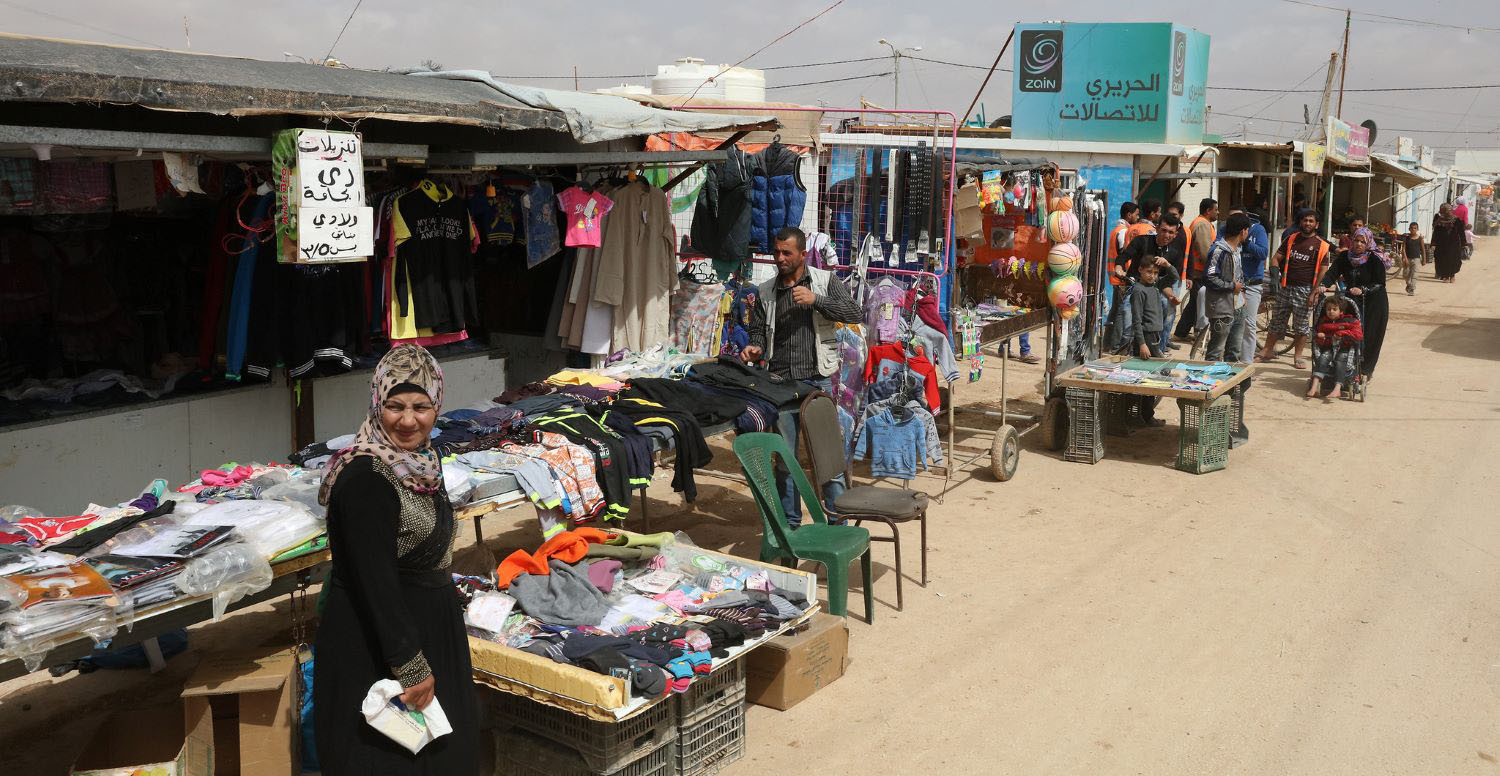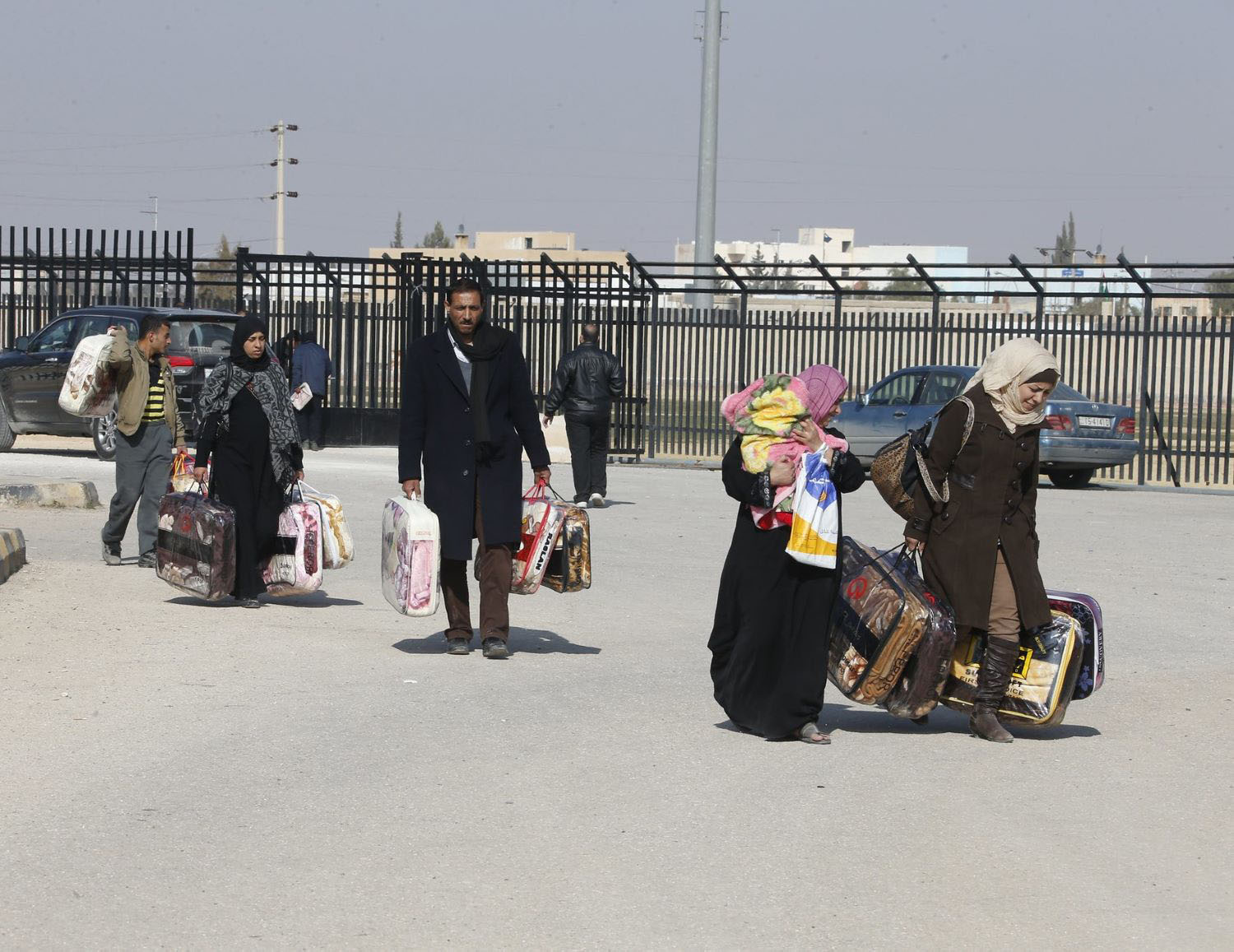Recommended

Event
High-income countries depend on immigration to help foster strong societies and economies. Yet when deciding who is allowed to enter, most use a simple dichotomy based on educational attainment: “high” and “low” skilled.
In this blog, based on a new policy brief by Labor Mobility Partnerships (LaMP) and discussions at a recent LaMP-CGD co-hosted event, we outline why this dichotomy is wrong, and how high-income countries can build mutually beneficial migration pathways at all skill levels.
Defining “skills”
The rhetoric around skills is typically based on a dichotomy between “high” and “low”: “high” being associated with university degrees and “low” with manual labor. This dichotomy has been engrained into our perceptions of both labor markets and societies. As a result, we perceive certain professions as high-skilled without considering the actual skill content and nature of the work. Surgeons, for instance, must also use some manual skills that are often described as “low” in other occupations, such as construction and landscaping workers.
Who establishes this dichotomy? The terms used, and narratives surrounding them, reflect the views of institutions, politicians, and other interest groups with specific agendas and vested interest in determining who does and does not have skills. In doing so, they determine who is or is not powerful in the labor market. As the institutional context shifts over time, so do the narratives. They end up becoming a proxy for the social beliefs and political agendas of a particular moment in time.
How this plays out within immigration policy
Since migration systems have been largely built around these institutional narratives, immigration policies represent one of the main ways our society structures the labor market and its values overall. High-income countries usually characterize a foreign-born entrant when they apply for their visa or cross the border. To evaluate someone’s skills, they first look at formal education, followed by national origin, race, and other attributes. This point-in-time assessment locks someone in as “high”- or “low”-skilled from Day 1.
This matters for three main reasons. Firstly, these characteristics do not truly describe a person’s comprehensive skill set; they are just the easiest to evaluate. They usually completely ignore soft skills that are often more important to employers than schooling or even language skills. For instance, when employers hire workers to pick asparagus, their dedication and willingness to work is often more important than hard skills, but such soft skills are undervalued. Moreover, this point-in-time evaluation does not consider the workers’ ability to learn, “locking” them into a specific skill level from which it may be hard to advance.
Secondly, the way someone moves can affect how they are characterized. Migration from low- and middle-income countries is linked to processes of demographic and economic change. If high-income countries do not provide sufficient legal pathways, migrants are likely to move irregularly. Such movement is dangerous and impoverishing, as well as detrimental to someone’s education and skill growth. Once they arrive, they may not be able to sufficiently prove their formal skill set. Together with gaps in receiving countries’ credential transfer systems, this impacts their ability to be characterized as “high”-skilled.
Thirdly, high-income countries treat “low”- and “high”- skilled workers very differently, foreign-born and native alike. “Low”-skilled workers tend to be lower-paid, have fewer rights, and have less recourse to unions and other enforcement bodies. For example, foreign-born “low”-skilled workers are typically tied to an employer and cannot leave without invalidating their visa. Since skills development requires flexibility to change employer or even withdraw from the labor market to seek education or other opportunities, such a policy sends a clear signal about how high-income countries view “low”-skilled workers.
Building migration pathways at all skill levels
Despite these challenges, few high-income countries have attempted to tackle them by introducing new methods to measure skills or by building more flexible migration pathways that recognize this fluidity. Yet allowing migrant workers to exercise their skills, both hard and soft, would bring immense benefits to high-income countries—especially given these countries are facing increasing labor scarcity as their populations continue to age.
In our recent event, we heard how policymakers within South Korea and the United Kingdom built political and public support for more flexible migration pathways. They had three key lessons for other high-income countries who want to recognize the fluidity of skills:
1. Explore tools that recognize a range of skillsets.
Countries of destination should develop tools that recognize a wider range of skillsets. As an example, the European Union’s (EU) Skills Profile Tool is currently used by refugees and migrants to profile their skills, preparing them for job searching, matching, and further up-skilling. It could also be deployed to evaluate skills for that Day 1 assessment.
To do this, countries of destination should work with employers to understand for what skills, hard and soft, they are looking for and adjust eligibility criteria based on the findings. Although such an approach would likely require more effort, it would also meet employers’ needs, and thus help to advance their economies overall.
2. Make your migration pathways more flexible.
Allowing workers to move where they are needed is essential to ensure that migration is responding to changing labor market needs. Evidence from the EU during the Great Recession suggests that migrant workers responded to changing labor shortages across EU states, occupations, and sectors more fluidly than native-born workers and this flexibility allowed them to contribute to stabilizing labor markets during and after the crisis.
Yet in practice, most countries of destination “lock” workers (especially those labelled as “low”-skilled) to specific employers. Canada is one of the few countries that allows certain eligible workers to receive either a fully “open” or “occupation-open” permit, allowing them to build their skills and advance within the labor market. Most countries of destination, however, do not recognize foreign workers’ ability to learn. It is crucial that labor mobility systems allow foreign workers to demonstrate the skills they gained and possibly change their status accordingly.
3. Build new legal migration pathways at all skill levels.
Many high-income countries recognize the need for a broader range of legal migration pathways, particularly those admitting people with needed “mid” range skills (such as in healthcare, construction, and IT). For example, Germany’s new Skilled Immigration Act opened the door to vocationally-trained workers.
However, to address the growing labor scarcity in high-income countries, it will be necessary for other countries to follow. To make the case for such policy moves, our panelists highlighted the need to build a “coalition of the willing” between like-minded employers, ensuring they speak with one voice; to make the positive case for immigration, creating political space to talk about logistical details; and to gather better data, ensuring we can show the impact of such pathways on employers and broader society.
While implementing these changes would help, it will take more to move the needle. Countries of destination should look to challenge the notion of “skills” overall, recognizing that all workers bring something to an economy and deserve to be valued. In doing so, they can ensure their economies and societies thrive.
Disclaimer
CGD blog posts reflect the views of the authors, drawing on prior research and experience in their areas of expertise. CGD is a nonpartisan, independent organization and does not take institutional positions.
Image credit for social media/web: Dominic Chavez/World Bank





